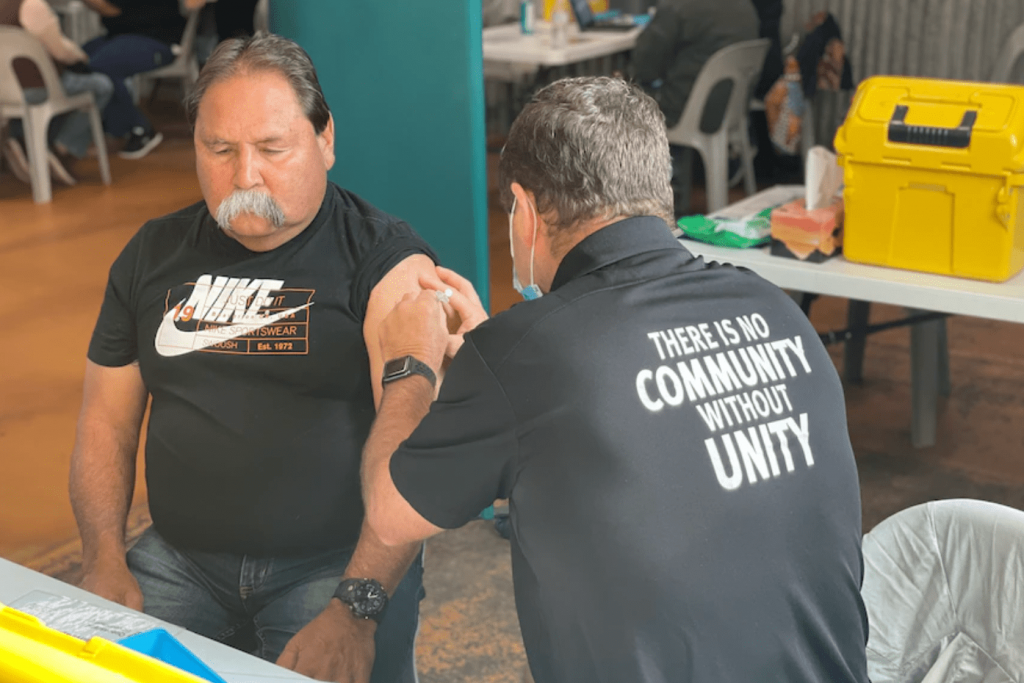P
Bismuth (Bi)
Cadmium (Cd)
Chromium (Cr)
Copper (Cu)
Iron (Fe)
Lead (Pb)
Magnesium (Mg)
Manganese (Mn)
Nickel (Ni)
Selenium (Se)
Silicon (Si)
Sulfur (S)
Tin (Sn)
Titanium (Ti)
Vanadium (V)
Graphene oxide (C140H42O20)
We consume a majority of these by VITAMINS alone EVERY SINGLE DAY and no MAGNET STICKS TO ME!
Cadmium (Cd)
Chromium (Cr)
Copper (Cu)
Iron (Fe)
Lead (Pb)
Magnesium (Mg)
Manganese (Mn)
Nickel (Ni)
Selenium (Se)
Silicon (Si)
Sulfur (S)
Tin (Sn)
Titanium (Ti)
Vanadium (V)
Graphene oxide (C140H42O20)
We consume a majority of these by VITAMINS alone EVERY SINGLE DAY and no MAGNET STICKS TO ME!
Source: https://drlwilson.com/ARTICLES/TOXIC METALS.htm (ps. there is also a mp3 format of this article)
I have done Nutritional Balancing myself and remember that after my second HMA (the use these also on the Olympics) that they rang me about the results but first ask me how I had been feeling. When I said that I had had depression and suicidal thoughts, they told me that that was what they expected as my HMA showed high levels of nickle being dumped.
Below if just one little piece of the link above.
Mineral classification. Minerals are classified into four groups:
1. Macrominerals. These are found in large quantity in our bodies. They include calcium, magnesium, sodium, potassium, phosphorus and sulfur. The first four are sometimes called the electrolytes, because they are common in the blood.
2. Required trace minerals. These include iron, copper, zinc, manganese, chromium, selenium, boron, silicon, iodine, vanadium, lithium, molybdenum, cobalt, germanium and perhaps a few others.
3. Possibly required trace minerals. Less is known about these. They may include rubidium, tin, niobium, gold, silver and others.
4. Toxic metals. The most well-studied include aluminum, antimony, barium, beryllium, bismuth, bromine, cadmium, chlorine, fluoride, lead, mercury nickel, and uranium. However, there are a dozen or more others. This article will only discuss the more common toxic metals. However, a complete nutritional balancing program will remove many others such as germanium, gadolinium (used in MRI scans as a contrast medium), thallium, and others. This is a distinct advantage of this program over others that target only one or two toxic metals. The categories of minerals above sometimes overlap slightly because assessing minerals that are required by humans is not a clear cut science. Some of them may be needed in minuscule amounts, for example.
Also, some forms of the required minerals can be highly toxic. Examples are some forms of copper, iron, manganese, hexavalent chromium, selenium and others. Too much of even the most needed minerals can also become toxic.
Toxic metals are also persistent . The late Henry Schroeder, MD, who was a world authority on minerals, wrote:
“Most organic substances are degradable by natural processes. (However), no metal is degradable…they are here to stay for a long time”.
To suggest that magnets would stick to a body because of ingested trace minerals/metals in air/food/water is absurd.
-
2
-
1
- Show all








